South American coffee beans recommended for fine coffee beans

Professional coffee knowledge exchange more coffee bean information please follow the coffee workshop (Wechat official account cafe_style)
El Salvador
Active volcanic activity brings mineral-rich volcanic ash to El Salvador, and the soil dominated by volcanic ash contains more minerals and less organic matter, so in order to maintain its geographical location and make up for the lack of organic matter, Salvadoran farmers will use the pulp residue of treated coffee beans or organic matter under coffee trees as fertilizer to make up for the lack of organic matter in the soil. Make the planting of coffee trees more able to produce coffee beans with harmonious taste.
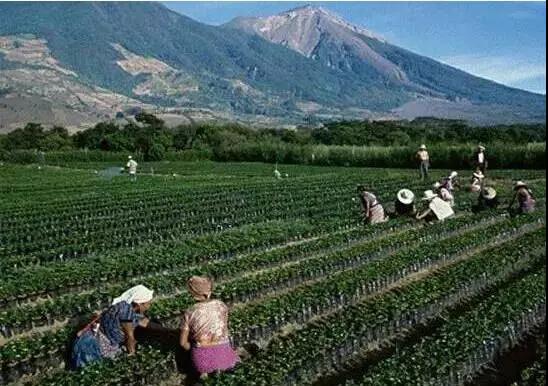
El Salvador's most meaningful initiative is to introduce organic agriculture to the world, growing more than 150000 tons of organic coffee each year. There are six major coffee producing areas in El Salvador, all of which are distributed in the alpine slopes or plateau areas covered with volcanic ash at an altitude of 1200 meters. November to April of the following year is the coffee harvest and harvest season. Because coffee prefers mild climate, coffee trees in El Salvador are mainly planted in tall shade (shade grown coffee), in order to avoid excessive temperature and direct exposure to the sun, affecting the quality of coffee beans.
The coffee beans produced by it belong to Arabica species, mainly from Pacas and Bourbon brands, and belong to big beans with sweet taste and excellent flavor.
Nicaragua
Nicaraguan coffee is mainly produced in the central and northern part of the country, covered with volcanic ash and shaded by trees, resulting in high-quality Nicaraguan coffee, which has a mediocre, mild flavor and is suitable for comprehensive coffee. Shade planting is its characteristic, while coffee beans are washed and dried in the sun.
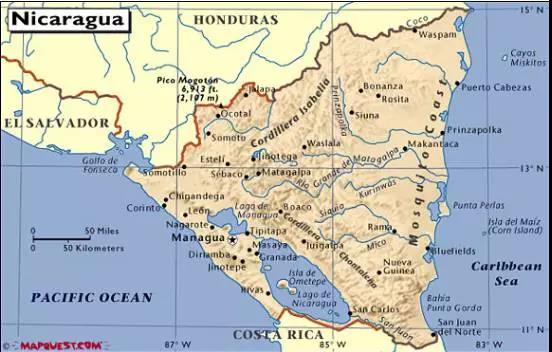
Nicaraguan coffee beans are larger than those of other countries. In particular, Maragogipe (a huge tree species of coffee beans called elephant beans) produced in Madagelba has a clear taste and excellent aroma, which has a round and soft texture, which is highly valued in the market.
Honduras
Honduras was previously less well-known in the consumer market because it did not have strong support for the handling and transportation of raw beans. In recent years, Honduras has actively changed and expanded the coffee industry, which has gradually opened up the international popularity of Honduran coffee. Honduras collects 3 million bags of coffee every year, providing the world with perfect coffee, unique coffee aroma and multi-quality, making it the second largest coffee exporter in Central America and the tenth largest coffee exporter in the world.
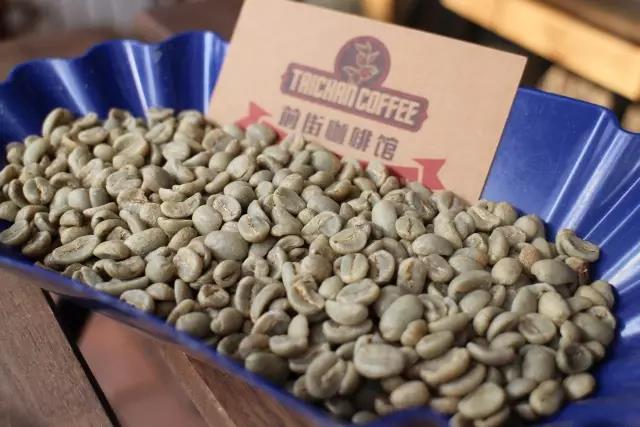
Honduran coffee is divided into six major producing areas, covering the west and south, namely, Copan, Opalaca, Montecillos, Comayagua, Agalta Tropical and El Paraiso, with an average height of more than 1100 meters above sea level.
Honduran coffee is of first-class quality and the price is the most competitive in Central American countries, mainly exported to the United States, Germany and Japan. Coffee varieties are 100 per cent Arabica, 69 per cent are HG and 12 per cent are SHG,19% and CS. There are mainly Typica, Bourbon, Caturra, Villa Sarchi and Lempira brands.
Guatemala
The latitude of Guatemala is about 15 degrees. Because of the long mountains and great regional climate changes, Guatemala's eight major coffee producing areas are all located on the highland topography under the subtropical climate, with rich and stable rainfall and excellent environment for fertile volcanic ash soil. The coffee beans produced are all Arabica, each with different flavors and characteristics, and the first-class sour and fruity flavors are smooth. It belongs to one of the top coffee in the world and is suitable for individual consumption.
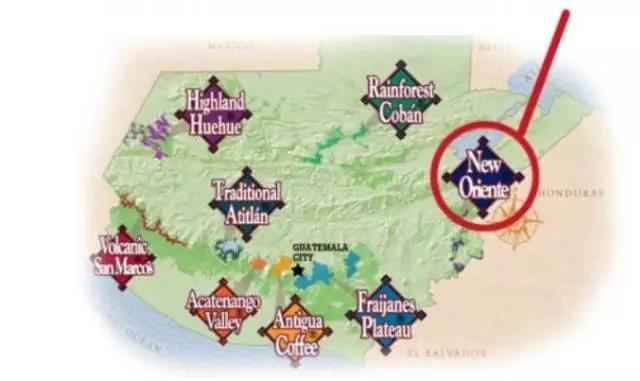
Panama
The flavor and texture of Panamanian coffee is medium and uniform, with a temperament similar to that of the Blue Mountains. Panamanian coffee is very smooth, full grains, light weight, and perfect acidity balance, its high-quality coffee beans flavor is pure, very characteristic, it is recommended to adopt moderate roasting.
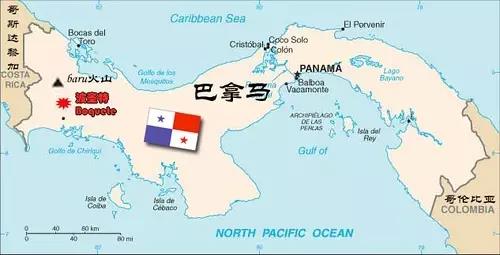
Most Panamanian coffee belongs to the middle and low price level, but in recent years, Panama has also actively promoted the cause of boutique coffee and sold its high-quality coffee beans at competitive auctions. Good Panamanian beans with clean and clear, bright and gentle taste, medium mellow performance is amazing, is considered by coffee connoisseurs to be one of the very good coffee, many buyers like to use Panamanian beans as comprehensive products, almost all high-quality coffee beans are shipped to France and Finland.
Recommended for cooking:
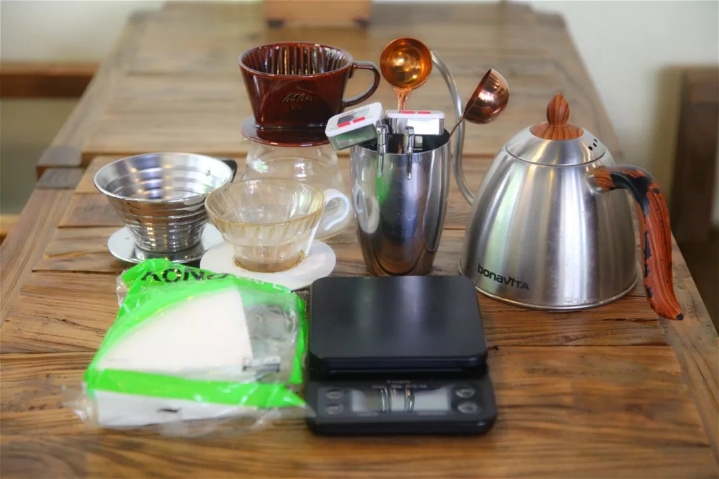
Filter cup: Hario V60
Water temperature: 88-90 degrees
Degree of grinding: small Fuji degree of grinding 4
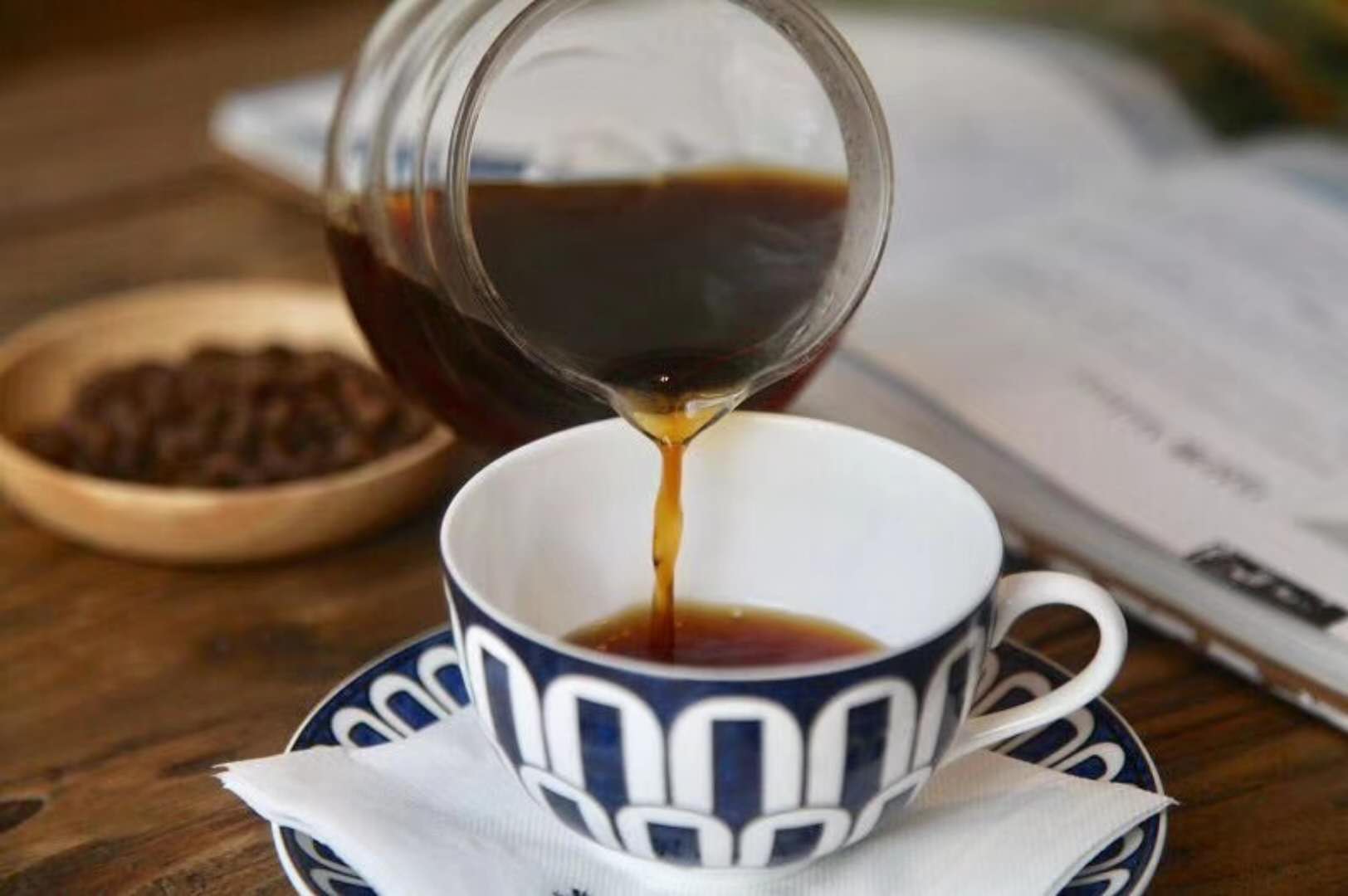
Cooking methods: the ratio of water to powder is 1:15, 15g powder, the first injection of 25g water, 25 s steaming, the second injection to 120g water cut off, waiting for the powder bed water to half and then water injection, slow water injection until 225g water, extraction time about 2:00
Analysis: using three-stage brewing to clarify the flavor of the front, middle and back of the coffee. Because V60 has many ribs and the drainage speed is fast, it can prolong the extraction time when the water is cut off.
Important Notice :
前街咖啡 FrontStreet Coffee has moved to new addredd:
FrontStreet Coffee Address: 315,Donghua East Road,GuangZhou
Tel:020 38364473
- Prev

Four simple steps to identify the freshness of coffee beans Coffee technology
Nose smell: fresh coffee beans smell fragrant, otherwise tasteless or bad smell. See: good coffee beans are complete in shape and rich in size. Otherwise, the shape is incomplete. Hand Press: Fresh coffee beans are crispy when pressed, and there is fragrance floating out when cracked. Color: dark with black coffee beans, brewed coffee with bitter taste; yellow coffee beans, brewed coffee with sour.
- Next

Introduction of Coffee beans from Oceania in Southern Asia
[India (India)] more than 80% of India's coffee is grown in the southern province of Karnataka, which is often sold under the old name "Mysore". The best Myso beans are thought to be Sumatra drunk by the poor and taste as rich and sweet as secondary Sumatra, but at a lower price. Another kind of "rainy season" (Monsooned Mala)
Related
- Guji coffee producing area of Guji, Ethiopia: Humbela, Shakiso, Wulaga
- What is the most expensive variety of Qiloso in BOP multi-variety group?
- How to store the coffee beans bought home?
- Why are Yemeni coffee beans so rare now?
- Ethiopian Sidamo all Red Fruit Sun Sun Santa Vini Coffee beans
- SOE is mostly sour? What does it mean? Is it a single bean? what's the difference between it and Italian blending?
- Is Italian coffee beans suitable for making hand-brewed coffee?
- How to choose coffee beans when making cold coffee? What kind of coffee beans are suitable for making cold coffee?
- Just entered the pit to make coffee, what kind of coffee beans should be chosen?
- Can only Japan buy real Blue Mountain Coffee? What are authentic Jamaican Blue Mountain coffee beans?

